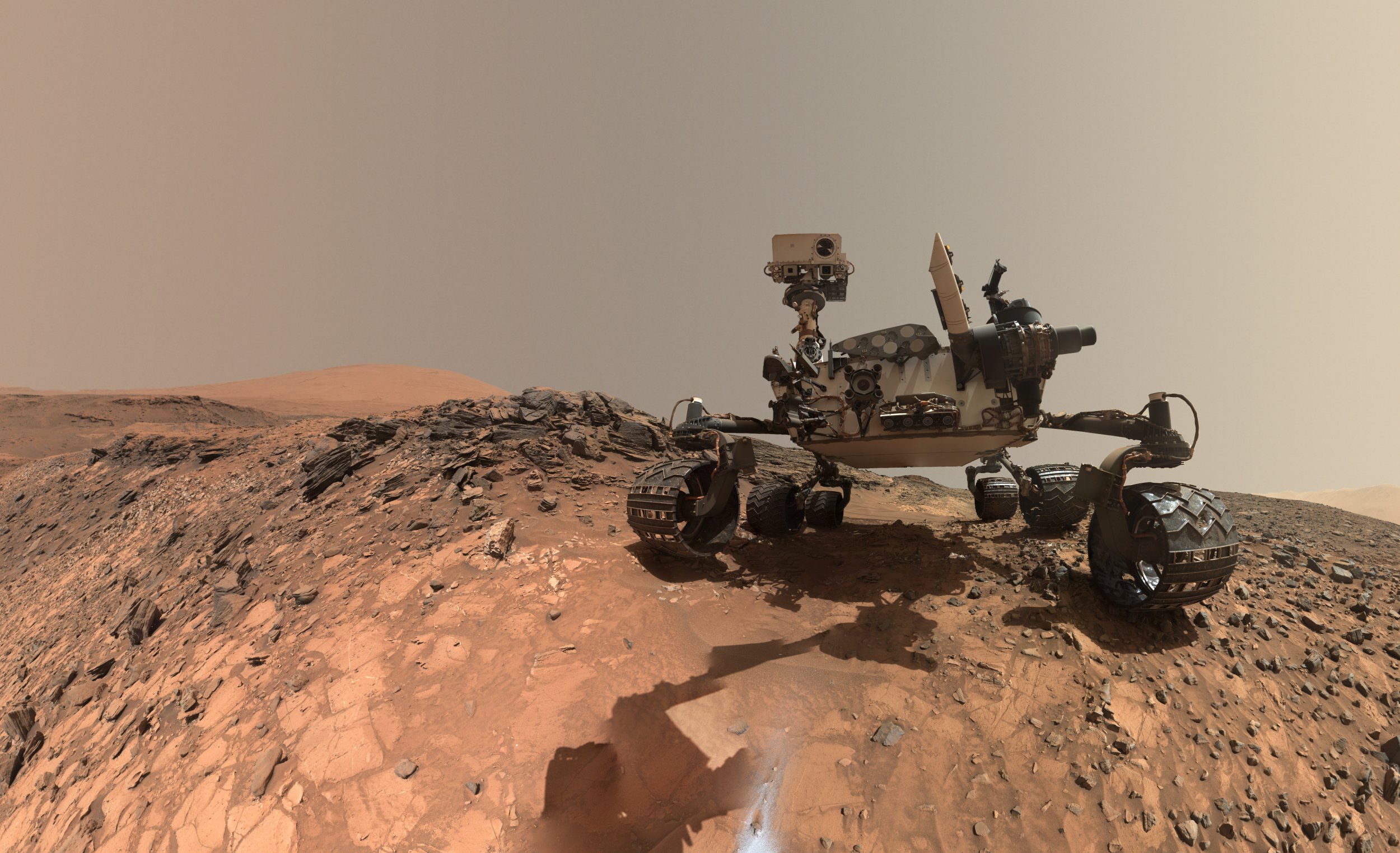
It's going to be hard to breathe on Mars: The red planet's atmosphere is almost entirely made up of carbon dioxide, which makes up a tiny fraction of a percentage of the air we spend so much time breathing here on Earth.
But when carbon dioxide makes up just 5 percent of air, it makes humans breathe funny—and at over a quarter of air, it kills. Mars's 95 percent is never going to be pleasant.
The planet's high carbon dioxide levels, however, could actually be a blessing in disguise—if scientists can figure out a way to turn it into the oxygen that keeps us alive. That would mean visitors wouldn't need to carry their own oxygen with them, which would cut down on the cost of getting to Mars, since every additional pound of cargo costs thousands of dollars more to launch.
That's why NASA has said for years it wants to find a way to suck the oxygen out of Mars's atmosphere. And according to a new paper published in the journal Plasma Sources Science and Technology, the high levels of carbon dioxide on Mars may actually provide what we need to do this.
Lead author Vasco Guerra, a physicist at the University of Lisbon in Portugal, had been using plasma to break down carbon dioxide here on Earth, a goal many research teams are looking to tackle to address challenges in climate change and clean energy. But then he attended a talk about NASA's Mars goals and started wondering whether the same technology might have interplanetary uses. "At first we were discussing it like a kid's game," he says in an email to Newsweek. "But the more we thought about it, the better the idea looked."
That's because the calculations published in the new paper suggest that the carbon dioxide-rich atmosphere on Mars, plus its cooler temperatures, are conditions that favor more vibration between molecules and a slower reaction speed. That should make the process more efficient.
All the carbon still has to go somewhere, so the idea is to turn two molecules of carbon dioxide (two carbons and four oxygens total) into two molecules of carbon monoxide and one molecule of oxygen. Carbon monoxide has its own flaws (that's why your home has a detector for it), but scientists think they can turn it into rocket fuel, trimming down the packing list still further.
Of course, right now it's just an idea—Guerra hasn't tested his calculations with reality yet, much less on Mars, and there are plenty of other hurdles still left to tackle before a mission sets off. But if you dream of setting foot on the red planet, you may be able to breathe a little easier.
Uncommon Knowledge
Newsweek is committed to challenging conventional wisdom and finding connections in the search for common ground.
Newsweek is committed to challenging conventional wisdom and finding connections in the search for common ground.
About the writer
Meghan Bartels is a science journalist based in New York City who covers the science happening on the surface of ... Read more
To read how Newsweek uses AI as a newsroom tool, Click here.








